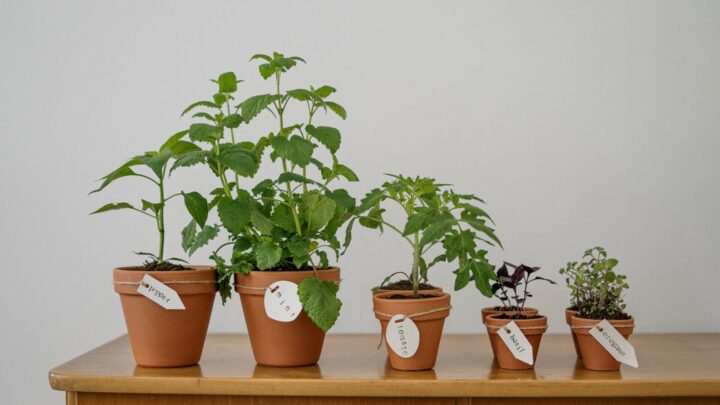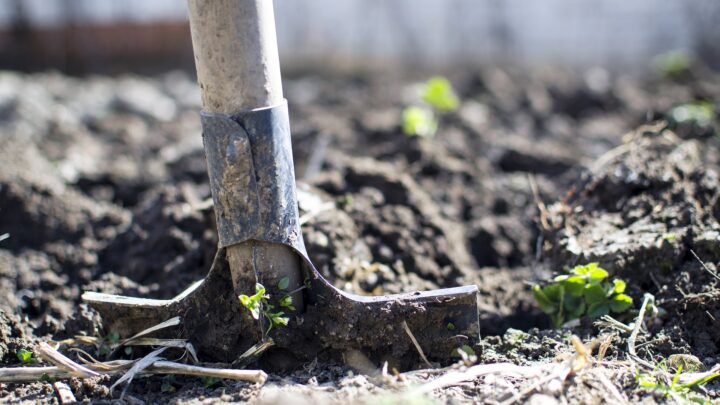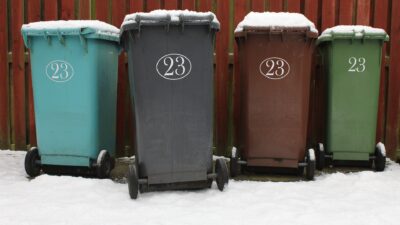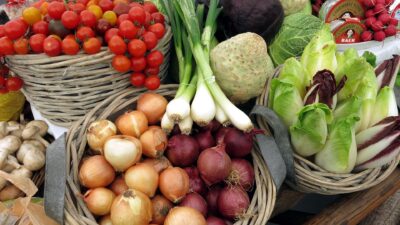Green Spaces at Home
Why are trees so important?
Trees play a crucial role in combating climate change by capturing and storing carbon in their trunks, roots, and soil. In addition to this, they help mitigate the impacts of climate change by preventing flooding, reducing temperatures, cutting pollution, and enriching soil nutrients.
To contribute to these benefits, consider planting native trees in Northern Ireland, such as oak, ash, hazel, birch, Scots pine, rowan, and willow. The Woodland Trust estimates that to achieve 12% tree cover in Northern Ireland by 2050, around 2,000 hectares of tree planting per year is necessary.
Planting native flowers and other plant species also enhances local biodiversity and further reduces carbon in the environment.
For more advice on tree planting, visit the link to the Woodland Trust website below.
Create green spaces
- Green Roof or Living Wall: Install a green roof on a shed or garage or create a living wall on a vertical surface. These features not only insulate buildings but also absorb rainwater, reduce runoff, and provide habitat for insects and birds.
- Vegetable Patch: Cultivating a vegetable or herb garden provides you with fresh, organic produce while reducing your carbon footprint by cutting down on transportation emissions associated with store-bought produce.
- Container Gardens: Utilise pots, planters, or even repurposed containers to grow herbs, flowers, or vegetables on your balcony, patio, or even indoors on windowsills. This is an excellent option for those with limited outdoor space.
- Composting Area: Allocate a space for composting organic waste such as food scraps, yard clippings, and fallen leaves. Composting not only reduces waste sent to landfills but also produces nutrient-rich soil for your garden.
- Native Plant Garden: Create a garden using native plants that are adapted to your local climate and require less maintenance. Native plants also provide habitat for local wildlife and help support biodiversity.
How to Make Compost
- Place your composting bin in a reasonably sunny spot on bare soil. If you have to put your compost bin on concrete, tarmac or slabs, put a layer of paper and twigs or existing compost on the bottom.
- You can also make a compost heap in a corner of the garden if you don’t have a suitable container. It could take a bit longer, but will still work.
- A 50/50 mix of ‘greens’ and ‘browns’ is the perfect recipe for good compost. ‘Greens’ rot down quickly, provide nitrogen and moisture and include fruit and vegetable scraps, weeds, cut flowers and grass. Browns take longer to rot. They provide carbon, help with air flow and include twigs, dead leaves, cardboard and shredded paper.
- Use a kitchen caddy or plastic tub to collect your food waste. Do not compost cooked food, fats, meat or fish. (These can go in your council food waste collection).
- Empty the food waste into your composting bin or onto your compost heap along with waste from the garden.
- It can take between nine and twelve months for nature do its work. Mixing the heap will speed things up, but it is not essential.
- Check the progress every now and again. If the heap appears very dry, add some water and increase the amount of ‘greens’ you are adding. If it is very wet, mix in some ‘browns’.
- Your compost is ready when it is crumbly, dark and resembles thick, moist soil. If there are lumps of material that have not broken down, put them back into the composter again. Use your nutrient-rich free fertiliser to feed the plants and flowers in your garden. They will love it!
For more information, including a full list of ‘greens’ and ‘browns’, more details on setting up a compost bin and frequently asked questions, visit the RecycleNow website









